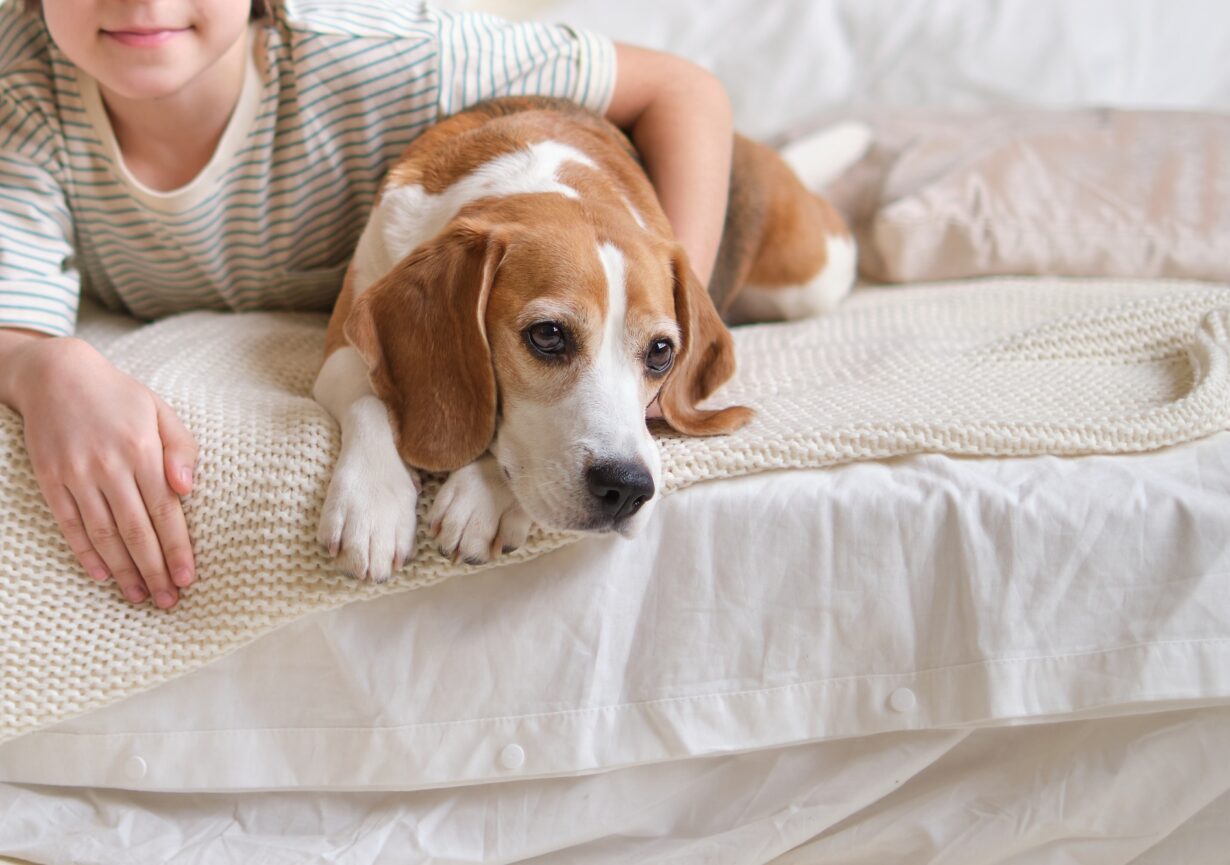Bringing a pet into your home is an exciting and joyful experience. However, many pet owners overlook certain hidden dangers lurking in everyday spaces that can pose serious risks to their furry friends. Whether you have a playful puppy, a curious cat, or any other animal companion, ensuring your home is fully pet-proofed is essential for their safety and your peace of mind. This article explores the common but often unnoticed hazards around your home and practical tips on how to safeguard your pets effectively.
1. Toxic Household Plants and Chemicals
Common Plants That Can Harm Pets
Many household plants look beautiful and freshen up your space but can be toxic if ingested by pets. Popular plants such as lilies, philodendrons, and pothos are highly poisonous to cats and dogs. Even small bites can cause vomiting, diarrhea, or more severe symptoms like kidney failure in extreme cases.
Pet owners often place plants within reach without realizing the danger. It’s vital to research every plant you bring indoors and opt for pet-safe alternatives like spider plants, Boston ferns, or bamboo palms to ensure your pet’s safety.
Household Chemicals and Cleaning Products
Cleaning supplies, pesticides, and antifreeze are common around the home but extremely hazardous to pets. Many chemicals contain compounds that can cause poisoning, skin irritation, or respiratory problems.
Keep all such products locked away in cabinets or high shelves out of your pet’s reach. Use pet-friendly, natural cleaning alternatives where possible, and never leave containers open or unattended. Even small spills should be cleaned immediately to prevent accidental ingestion or contact.
2. Electrical Hazards and Small Objects
Chewing Cords and Wires
Pets, especially puppies and kittens, love to explore with their mouths. Electrical cords and wires dangling from devices or chargers can be tempting chew toys but present a serious electrocution risk.
To protect your pet, conceal cords using protective tubing or cord organizers. You can also apply bitter-tasting sprays designed to discourage chewing. For larger homes, ensure outlets are covered with child-proof caps when not in use.
Small Objects That Pose Choking Risks
Coins, rubber bands, buttons, and even small toys are common household items that can cause choking or intestinal blockages if swallowed. Pets are naturally curious and can easily ingest such items during play or exploration.
Be diligent about cleaning floors and countertops regularly, and store small objects in closed containers. Train your pet to avoid chewing on non-toy items, and provide plenty of safe, pet-friendly toys to satisfy their chewing needs.
3. Kitchen Dangers: Foods and Appliances
Foods Toxic to Pets
While it’s tempting to share your snacks, many human foods are toxic to pets. Chocolate, grapes, raisins, onions, garlic, and artificial sweeteners like xylitol can cause severe illness or even death.
Keep all food items securely stored, and avoid leaving leftovers or food scraps unattended on counters or tables. Educate family members and guests about the risks of feeding pets inappropriate foods.
Risks From Kitchen Appliances
Appliances such as ovens, stovetops, and dishwashers can pose hidden dangers. Pets may jump onto counters or open doors, risking burns, cuts, or other injuries.
Use child locks or barriers to prevent your pet from accessing the kitchen unsupervised. Always supervise pets during cooking and immediately clean up spills or dropped food to avoid attracting them to dangerous spots.
4. Bathroom and Laundry Room Hazards
Medications and Personal Care Products
Many medications, cosmetics, and hygiene products contain substances that are poisonous if ingested or absorbed through the skin. Common household items like toothpaste, mouthwash, and acne creams can be hazardous.
Store all medicines and personal care products in locked cabinets or high shelves. Avoid leaving pill bottles, creams, or toothbrushes out where pets can reach them.
Laundry Detergents and Fabric Softeners
Laundry rooms often contain powerful cleaning agents that can cause poisoning or burns if pets come into contact with them. Detergent pods are especially dangerous as their colorful appearance can attract pets.
Keep laundry supplies well out of reach and never leave wet clothes unattended on the floor. Consider using safety latches on cabinets to prevent curious pets from accessing hazardous substances.
5. Outdoor and Garage Hazards
Toxic Substances and Tools
Garages and sheds may contain antifreeze, motor oil, fertilizers, and sharp tools—all of which pose significant risks. Antifreeze has a sweet taste that attracts pets but is deadly even in small amounts.
Ensure these substances are stored in sealed containers and locked away. Avoid leaving tools or chemicals lying around, and keep garage doors closed when not in use.
Fencing and Escape Routes
Outdoor spaces might have gaps in fences, unsecured gates, or holes pets can squeeze through. Even a small opening can allow your pet to escape and face dangers like traffic or getting lost.
Regularly inspect your yard and fence lines for vulnerabilities. Consider installing pet-safe fencing or using exercise pens to give your pet secure outdoor playtime.
6. Furniture and Household Items
Sharp Edges and Fragile Items
Furniture with sharp edges or breakable decorations can injure pets during play or exploration. Curious pets can knock over glassware, vases, or picture frames, risking cuts or ingestion of broken pieces.
Use corner protectors on sharp furniture edges and place fragile items out of reach. Create a pet-friendly environment that minimizes accidents and keeps valuable belongings safe.
Toys and Bedding
Some pet toys or bedding materials may contain small parts or stuffing that can be swallowed if torn apart. Chewing on unsuitable materials can lead to digestive blockages.
Choose high-quality, durable toys and replace worn-out bedding regularly. Supervise playtime to prevent destructive chewing and teach your pet appropriate play habits.
Conclusion
Pet-proofing your home goes beyond the obvious hazards. Many hidden dangers—from toxic plants and chemicals to small objects and unsecured spaces—can put your beloved companion at risk. Being proactive and vigilant about these often-overlooked threats helps create a safe and nurturing environment for your pet. Regularly reviewing your home setup and educating family members about pet safety are essential steps in protecting your furry friend from accidents and health issues. With thoughtful preparation, you can enjoy peace of mind while giving your pet a happy, healthy home.


